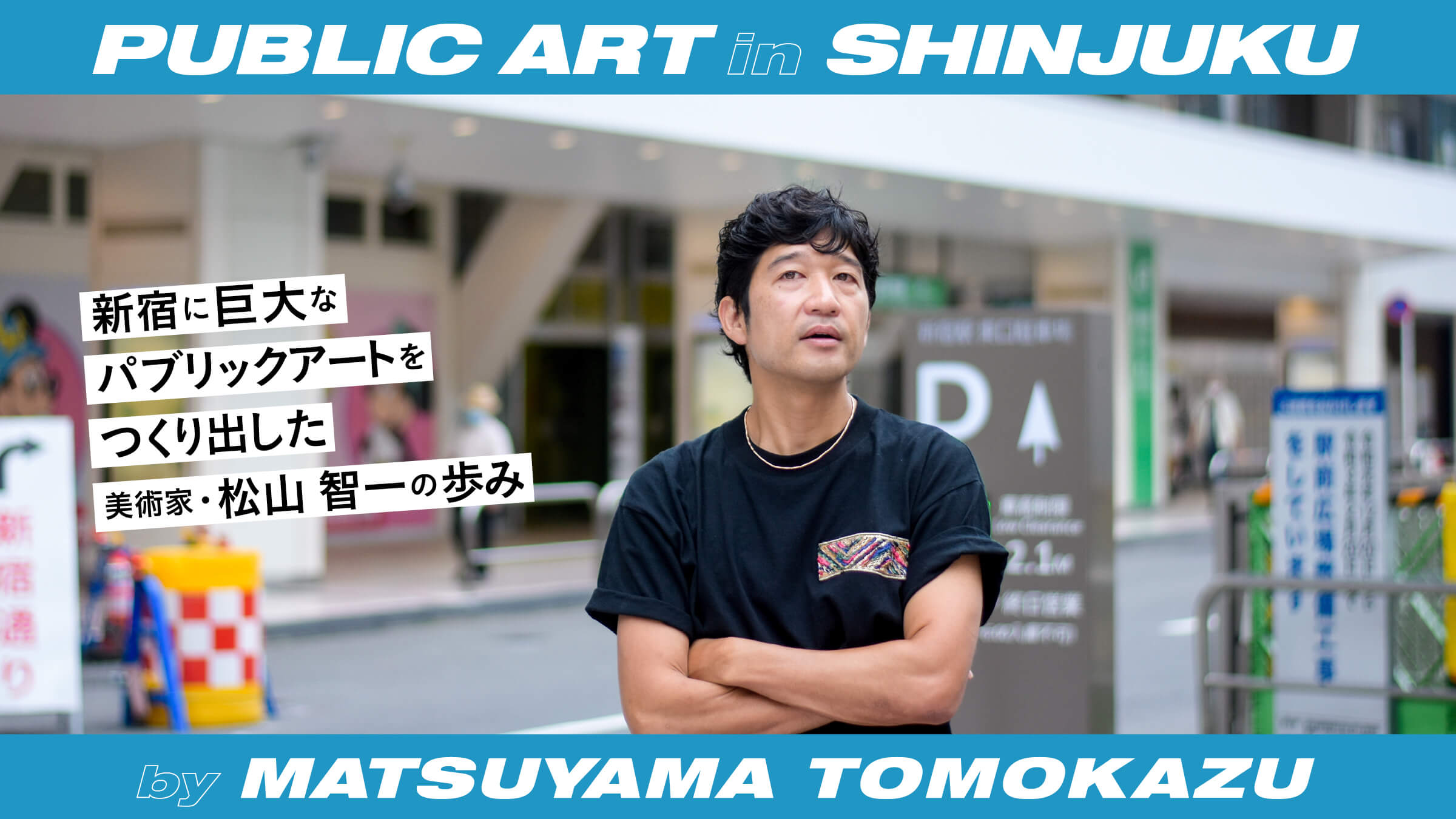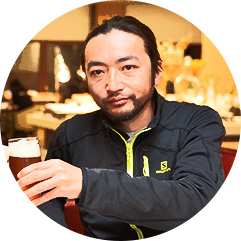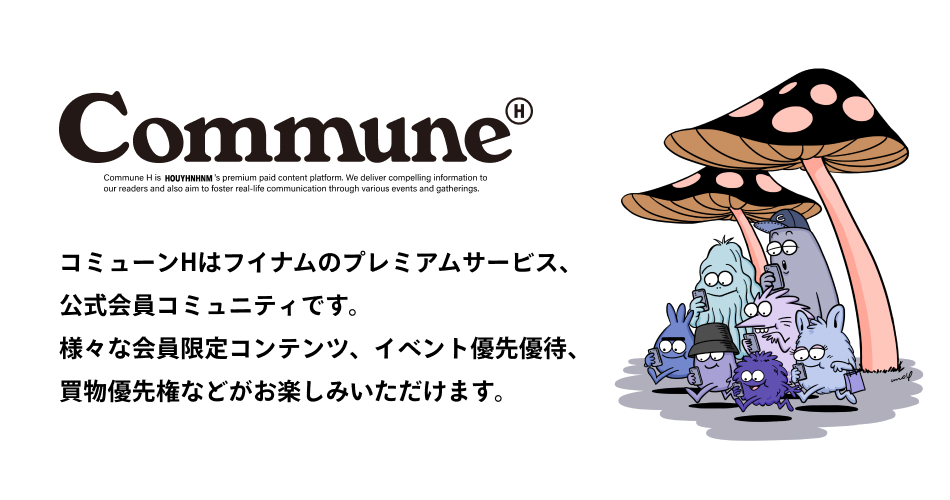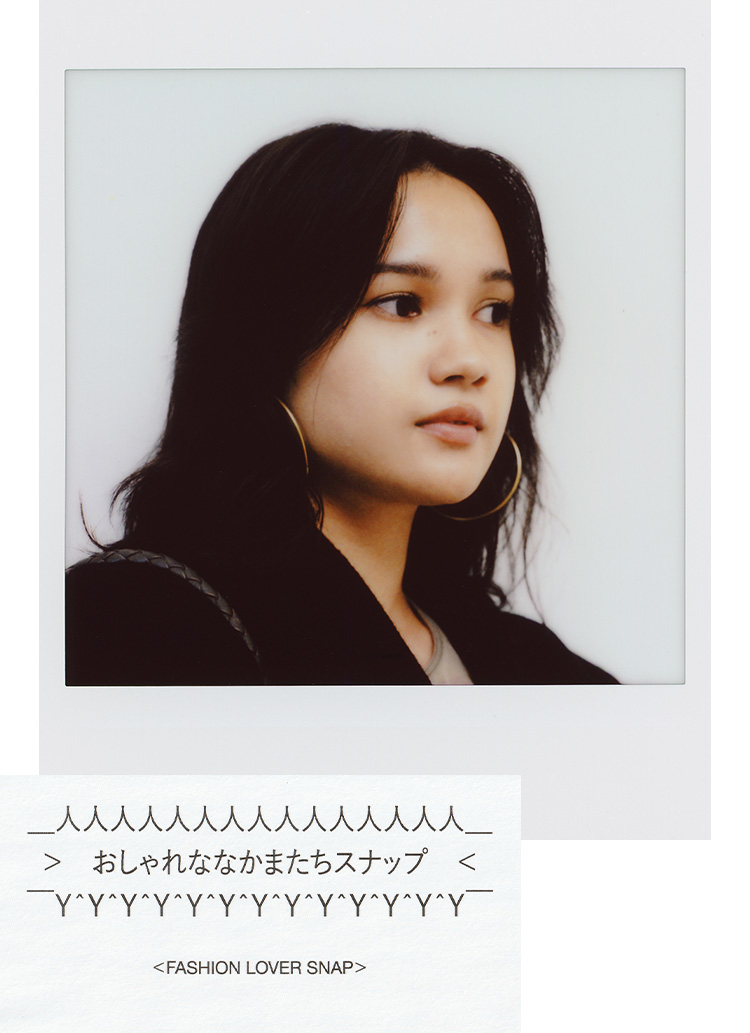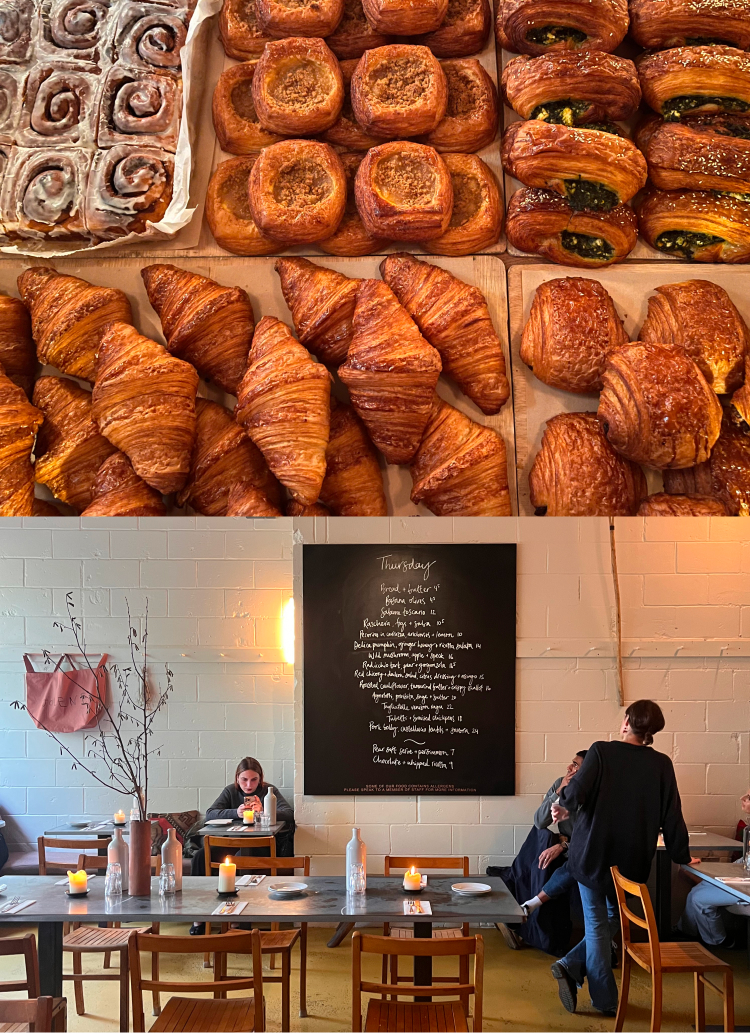PROFILE

Born in Gifu Prefecture, Japan in 1976, he moved to the U.S. by himself at the age of 25 and has been based in New York ever since. He has had numerous solo shows and exhibitions at galleries, museums, and university facilities around the world, including a mural for the Bowery Mural in New York in 2019, and his work is included in the LACMA and Microsoft collections. His works are in the collections of LACMA, Microsoft, and others. In addition to this work at Shinjuku Station Terminal, his work is currently on display in Japan at the outdoor sculpture exhibition "Tenku Kaikatsu" (March 20, 2020 - December 13, 2021) at Meiji Jingu Shrine. His previous works have been included in the Dubai Royal Collection, and he is attracting the keenest attention of art collectors around the world.

At last, the soil is ripe for the birth of a new standard in Tokyo.
Today was the first time I saw the actual piece, and I was surprised at its size.
Matsuyama:It is a special sculpture with a structure as complex as Frank Gehry's (*1) three-dimensional sculpture, and it must be kept safe due to the presence of an underground passageway directly below. Moreover, we were forced to work remotely online due to the Corona disaster. I was able to see the finished product for the first time in Japan, and I was unintentionally moved.
*1 Canadian architect, world-renowned for his intricately shaped buildings.
It seems unprecedented to create such a large-scale public art space right in front of Shinjuku Station, doesn't it?
Matsuyama:To begin with, this roundabout from the east exit to the central east exit had been untouched for a long time, with bicycles strewn haphazardly about. It was not a place where people could casually pass through, as it was quite dark at night and had a somewhat dark atmosphere. So Lumine and JR offered me the opportunity to create a place where art could play a leading role in transmitting culture as the next step after the redevelopment of the south exit of the building. I had been working on this kind of project mainly overseas, and it was about two and a half years ago that I was asked to join the project.

Two and a half years ago, you had your first solo exhibition in Tokyo in 10 years, right? This is a bit off topic, but is there a reason for the 10-year gap?
Matsuyama:When I moved to New York in 2002, a few months after the 9/11 terrorist attacks, there was still a certain underground flavor to hip-hop, for example, and each scene had its own distinct character. But these days, there are no such boundaries anymore, and both fashion and music have become very mixed and saturated. Even for a single collaboration between the street scene and luxury, it is hard to tell whether it is bottom-up or top-down.
I have to admit that I am no longer as surprised as I used to be when I see such collaborations.
Matsuyama:But I think it is a very interesting situation. And, moreover, I feel that the epicenter of this situation is Tokyo. Having been looking at Tokyo from New York for the past 10 years, I have the impression that Tokyo, in a positive sense, does not look outward very much. For example, when people in other countries make their first move, they naturally think about communicating it to the global community, but I feel that people in Tokyo still have a deep-seated sense of aiming to expand recognition in Tokyo first. This is working in a positive way, and our unique culture is growing and maturing. Sensitive people overseas are beginning to notice this, and from a global perspective, Tokyo itself is becoming a very interesting place. In other words, it is similar to the time when the Urahara culture was born and attracted a lot of attention.




